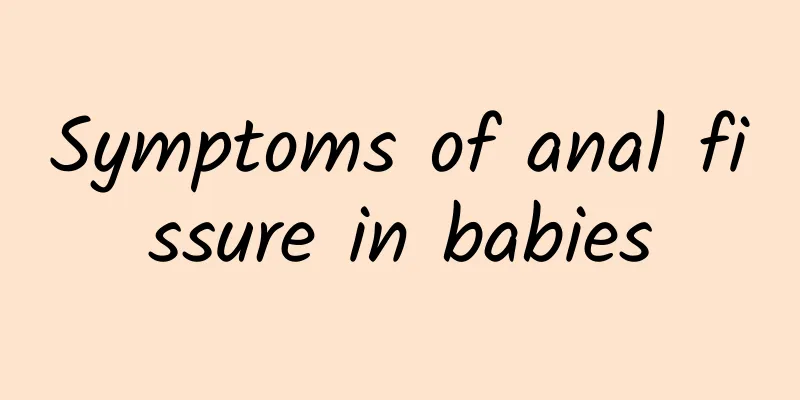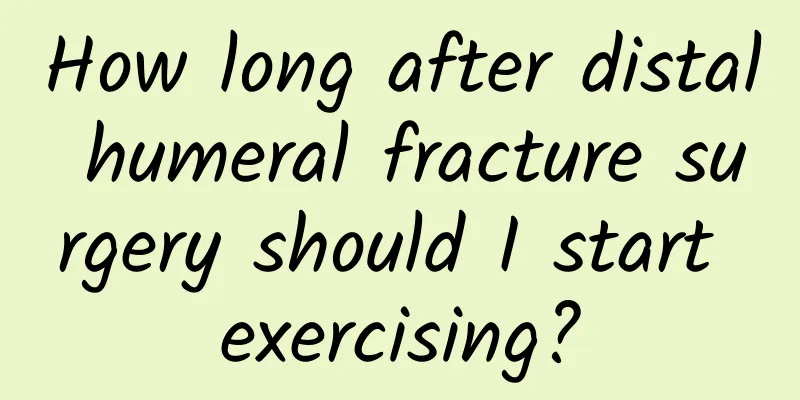How to treat wrist tendon inflammation

|
The treatment of wrist tendon sheath inflammation includes rest and maintenance, drug therapy, physical therapy and surgical intervention when necessary. The specific method should be selected according to the severity of the condition. By reducing the wrist load, local anti-inflammatory and rehabilitation training, symptoms can be effectively relieved and the tendon sheath function can be restored. 1. Rest and reduce load The main cause of wrist tenosynovitis is long-term repeated use of the wrist or excessive strain from a single movement, which leads to inflammation of the tendon sheath. Patients should minimize the frequency of movement of the affected hand, especially avoid repetitive rotation, gripping and lifting movements. Using a wrist guard to fix the affected area can reduce the force and prevent excessive bending of the wrist. 2. Drug treatment For mild tenosynovitis, nonsteroidal anti-inflammatory drugs such as ibuprofen and celecoxib can be taken orally, or anti-inflammatory analgesic ointments can be applied topically to relieve pain and inflammation. If the inflammation is severe, the doctor may recommend local corticosteroid injections to quickly relieve symptoms, but the number of hormone injections needs to be controlled to avoid side effects. 3. Physical therapy and rehabilitation training Physical therapy is one of the common conservative treatments. Ultrasonic therapy, hot compress or cold compress can promote local blood circulation and help inflammation subside. Targeted rehabilitation training, such as squeezing training with a ball in hand, can gradually restore hand function, but it should be performed under the guidance of a doctor or physical therapist to avoid aggravating inflammation. 4. Surgical treatment Severe tendon inflammation or long-term unrelieved pain may require surgical treatment. Surgery often involves tenolysis, which involves cutting open the overly tight tendon sheath to relieve the pressure on the tendon. This type of surgery is generally minimally invasive and requires a short recovery time. After surgery, you need to pay attention to rehabilitation training to avoid recurrence. 5. Daily care and prevention Patients with tenosynovitis should pay attention to reducing the frequent use of the same gestures in daily life, and can do some stretching exercises for the wrist regularly to relax the tendons and tendon sheaths. Improving work or study postures, such as adjusting the position of the mouse and keyboard, can also help reduce wrist burden. Wrist tendon inflammation can mostly be relieved through conservative treatment. The key is to detect it early and take the right treatment. If the pain continues to worsen or conservative treatment is ineffective, you should consult a professional as soon as possible to avoid worsening of the disease and affecting your quality of life. Reasonable protection of the wrist is the long-term way to prevent tenosynovitis. |
<<: Symptoms of uncomplicated urinary tract infection
>>: Is congenital hydrocephalus a neural tube defect?
Recommend
Can breast cysts be eliminated with medication?
Breast cysts can usually be controlled with medic...
Spinal curvature caused by pectus excavatum
Pectus excavatum refers to a chest deformity in w...
What is Chlamydia
Chlamydia is a tiny bacterium that many people ma...
How to deal with burns immediately
Burns are common minor accidents in life. Immedia...
Can Prunella Vulgaris cure lymphadenopathy and lymphadenopathy?
Prunella vulgaris has the pharmacological effects...
Perianal abscess surgery procedure
Anal abscess surgery is a common treatment for an...
Diet menu for patients with gallstones
Patients with gallstones need to pay special atte...
What are the causes of gallstones?
Gallstones are often formed by the deposition of ...
The whole process of breast nodule puncture
Breast nodule puncture is an important diagnostic...
Five symptoms of hand osteoarthritis
Five symptoms of hand osteoarthritis: Generally s...
Difference Between White Matter and Gray Matter
White matter and gray matter are two important co...
Can a breast cyst turn into cancer?
Breast cysts generally do not turn into cancer di...
What kind of exercise is good for breast cysts
Patients with breast cysts are suitable for some ...
How to treat severe anal bleeding
If anal bleeding is severe, you need to seek medi...
Breast cysts are most afraid of three kinds of vegetables
Patients with breast cysts do need to be careful ...









